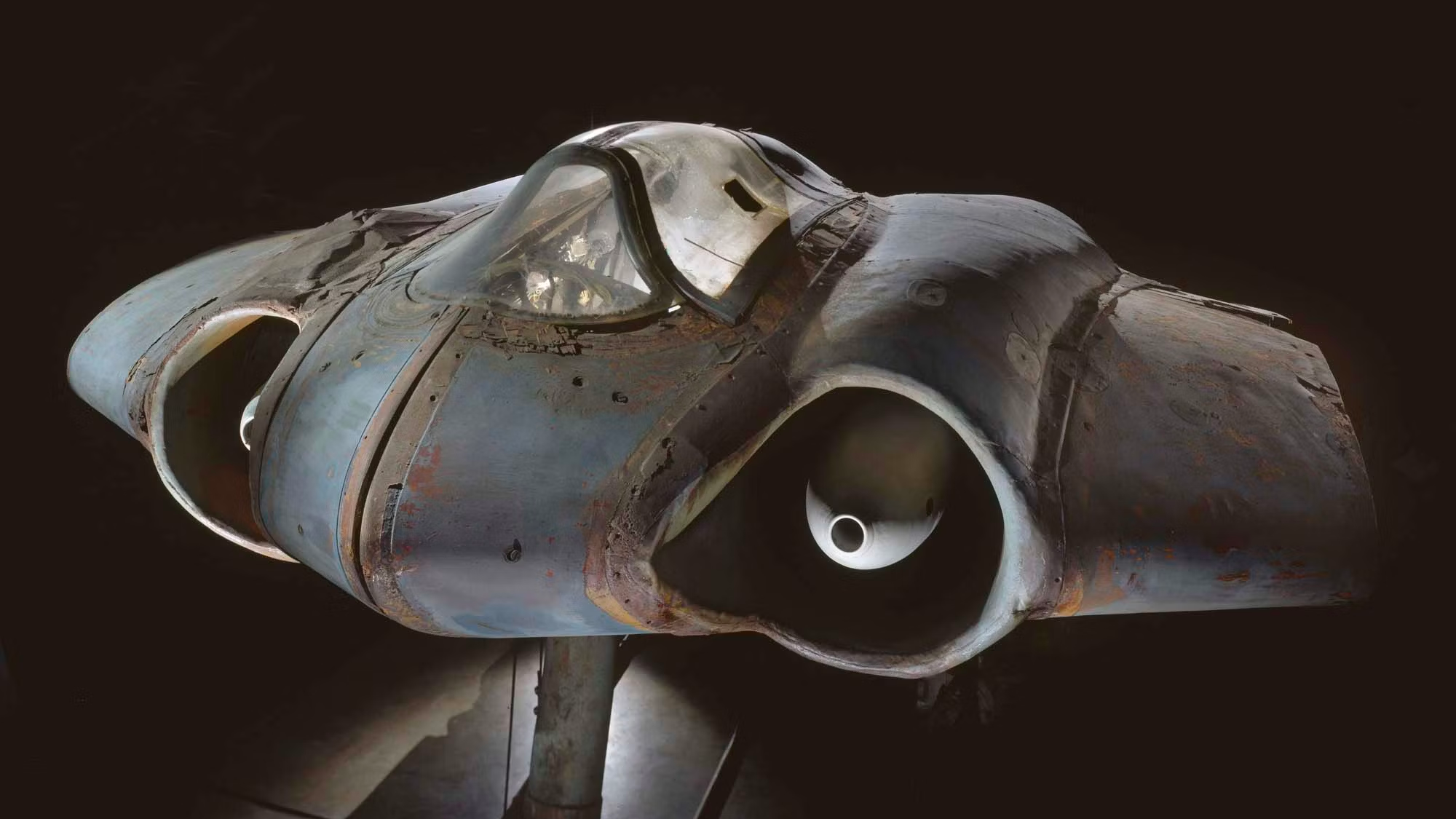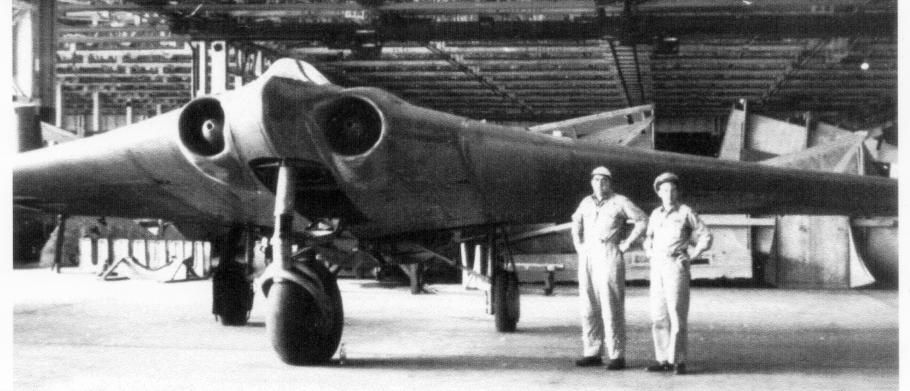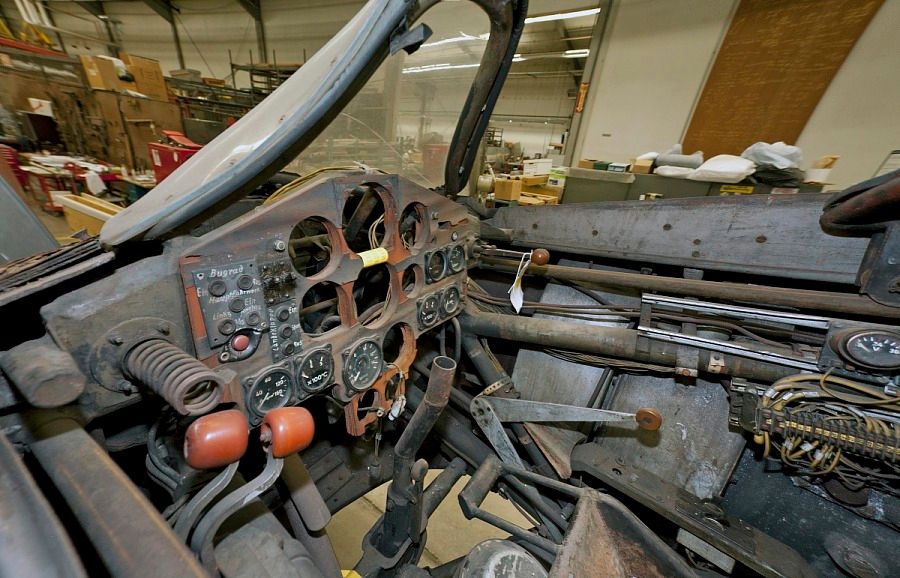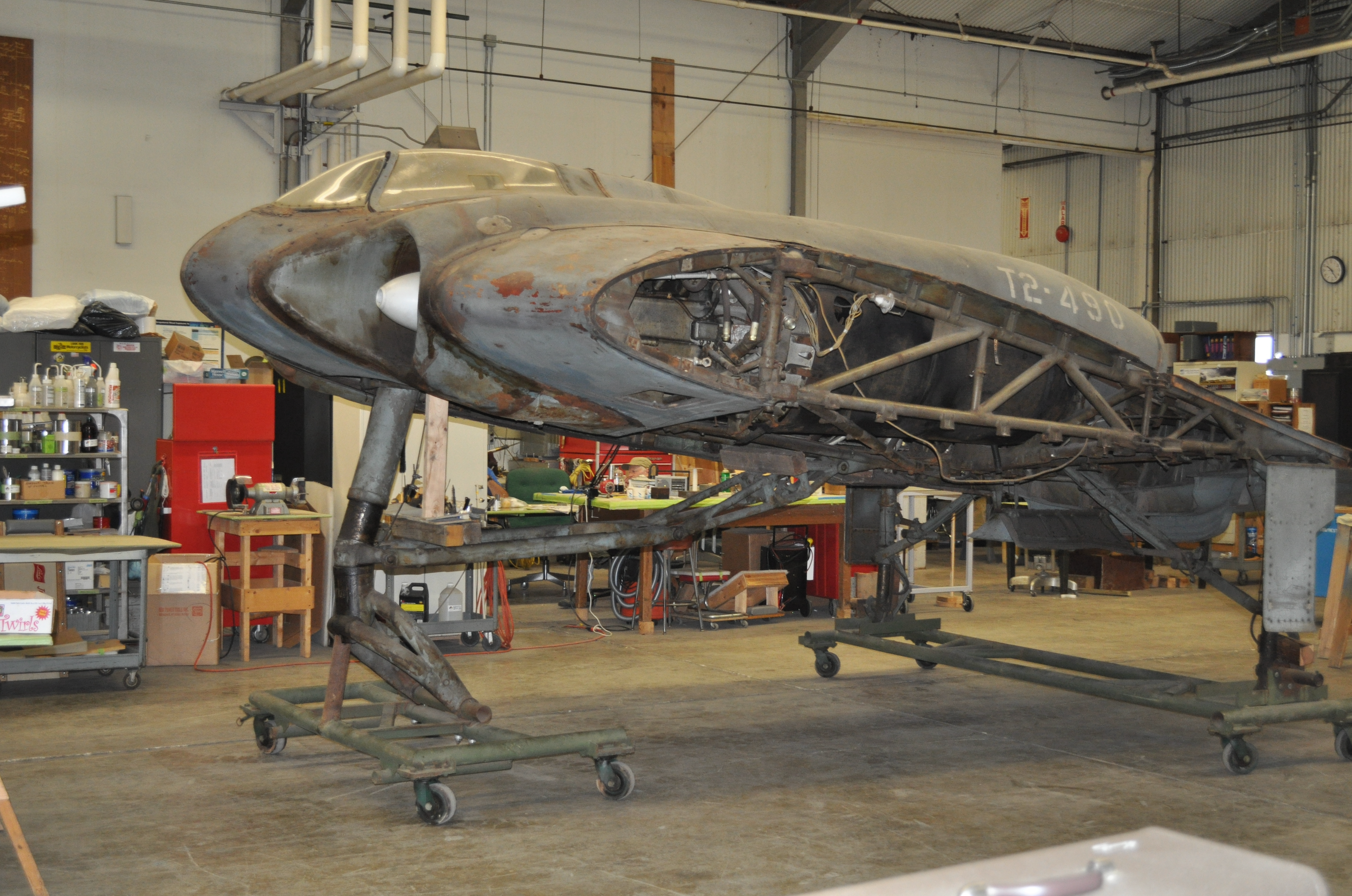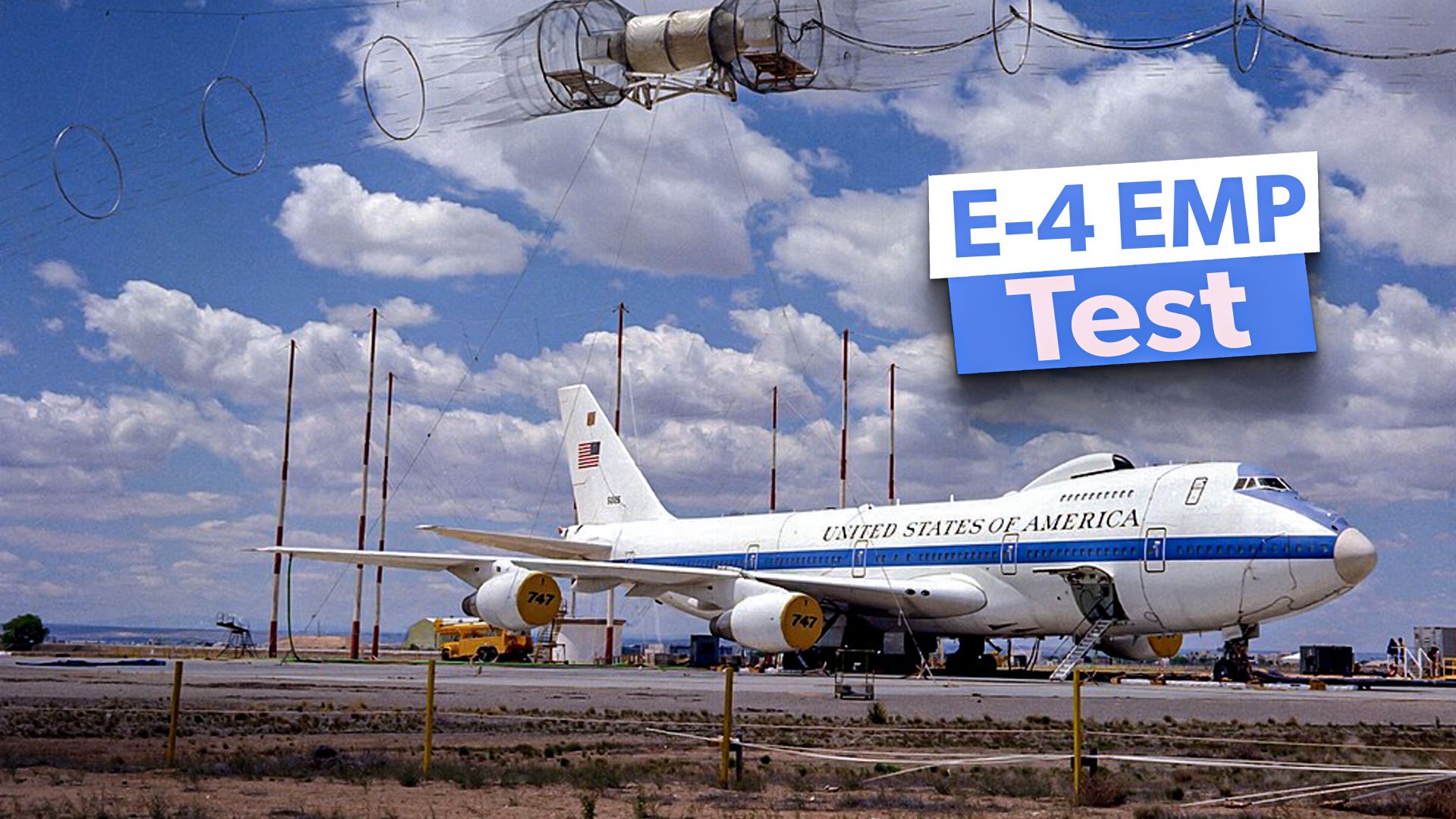The right aircraft at the wrong time – that’s the story of the lesser-known Horten Ho 229. To discover the first true all-wing jet-powered aircraft, you have to look back 79 years to 1944 and the development of the Horten Ho 229. As the Second World War slowly ended about a year following the D-Day Allied invasion, the Nazis threw everything they had into the fight short of the secret jet-engine stealth warplane. But what was this secret Nazi jet-engine stealth engine aircraft that was developed almost 50 years before Northrop Grumman began working on the B-2 Spirit?
Background
In the summer of 1940, Hitler and the Nazis could not be stopped as they seized half of Poland with few casualties and quickly overtook France, the Netherlands, Luxembourg, and Belgium. Yet, one nation stood in the way of the Third Reich’s goal to rule Western Europe, which was Britain.
For the Nazis to overtake Britain, they would have to do so from the air using the German air force (Luftwaffe). By June 1940, German fighters and bombers controlled Britain’s skies. However, although they were outnumbered at the beginning of the air campaign, the Royal Air Force came out victorious in the first major military campaign fought entirely by air forces, known as the Battle of Britain.
The RAF deployed Spitfires to engage German Bf 109s while slower Hawker Hurricanes went after German bombers. Another factor was the Dowding System, one of the world’s advanced air defense systems during the 1940s. In the aftermath of the defeat, the Luftwaffe, while humiliated, was not ready to give up.
Photo: National Air & Space Museum
As the Allied forces began ramping up production on aircraft to counter them, the Nazis started developing advanced weapon systems that they believed would help them win the war. One of these was a revolutionary new aircraft type decades ahead of its time. This aircraft was the Horten Ho 229. A stealth jet fighter that forever altered the aerospace industry.
Early start
Following the defeat at the Battle of Britain, the Luftwaffe began developing a new high-speed bomber that could evade the Dowding System radar. The head of the Luftwaffe, Hermann Goring, had requested designs in a project called ‘3×1000’, which was an aircraft capable of carrying a bomb load of 2,200ib (1,000kg), a range of 1,000 miles (1,600 kilometers) at a speed of 625 mph (1,000km/h). The Horten brothers, Walter and Reimar, submitted their idea and began developing the Ho 229.
However, the Horten brothers conceived the idea for an all-wing aircraft before World War II. The brothers started designing their aircraft in the early 1930s, during which Germany was officially banned from having an air force after the loss of World War One and the stipulations of the Treaty of Versailles. They combined their previous ideas with a tailless aircraft design dubbed a “flying wing, ” which could fly fast and have a long range. At that time, range and speed were not synonymous with fighter planes, as jets built for long-range missions were bulky and heavy.
Photo: National Air & Space Museum
Unlike traditional planes with a noticeable fuselage and tail, the flying wing design aircraft would not have a fuselage, with the wing being the main structure of the plane. The flying wing design allowed the aircraft to operate in stealth mode since no tail fins bounced back radar waves, and the Ho 229 was difficult to spot on radar. The Horten brothers did not invent the flying wing design. Northrop later built a prototype for a flying wing bomber that could bomb Nazi Europe from North America if Britain was captured.
Work started
One shortcoming of a flying wing aircraft is the poor stability of a flying wing aircraft. When the engine was shut off, these planes often shifted side to side and became uncontrollable. Still, the Horten brothers were given the go-ahead by the Luftwaffe to start work on their flying wing concept in August 1943. However, the Germans made some design alterations, such as extending the wings to spread the mass of the aircraft over a larger surface area while decreasing the amount of drag the plane generated.
The first three Ho 229 prototypes were constructed as engineless gliders to test the aerodynamic viability. After the final successful test of the glider in March 1944, the Nazis put two Jumo 004B turbojet engines on the aircraft and added V2 to the aircraft name. Each engine was located inside either side of the cockpit. In order to offset the high speed on landing, the plane featured a drogue particulate that would deploy during landing.
Photo: National Air & Space Museum
Less than a year later, on February 2, 1945, the Ho 229 V2 flew its maiden voyage, which was a success. However, on February 18, on another test flight, one of the aircraft’s engines caught on fire and stalled in mid-flight. Despite the pilot’s best efforts to restart the engine and dive the plane to gain more speed, the fumes from the fire caused the pilot to pass out, and the prototype crashed, killing the test pilot. Despite the failed test, the program was successful overall and was approved for a fast-tracked production of 40 flying wing jets.
Nonetheless, even with the fast-tracked production, the production versions never entered service or even had a chance to fly. By mid-1944, Allied forces continued to defeat Nazi forces across Europe, and the Nazis were fighting to defend Germany’s borders. The Nazi’s were so desprate they threw everything they had into the fight, including the world’s first combat jet-powered fighter, the Messerschmitt Me 262. In April 1945, American troops entered a factory in Friedrichroda in central Germany, where the Ho 229 aircraft was produced. The troops located cockpit sections of the prototypes in multiple stages of production. The closest to completion of the prototypes found was shipped back to the United States to be studied by American engineers.
Where is it today?
The all-wing jet fighter was brought back to the United States, hoping to uncover its secrets. The United States Air Forces donated the aircraft called V3 and other early Horten jets to the National Air and Space Museum in Washington, D.C., in 1952. In 2011, preservation work on the V3 jet began. Today, the experimental aircraft is displayed at the National Air and Space Museum’s Boeing Aviation Hangar.
Have you ever seen a Ho 229 in person? What do you think of the aircraft?
Sources: BBC, National Air & Space Museum

